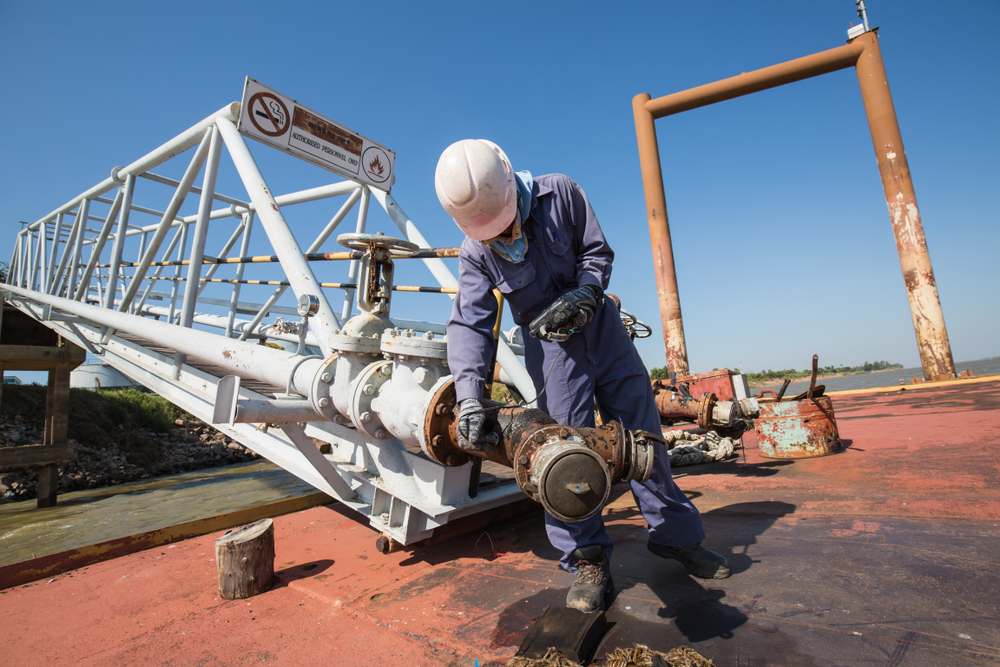NETL exploring technologies to detect corrosion of pipelines

The National Energy Technology Laboratory (NETL) is researching sensor technology to better detect the corrosion of oil and gas pipelines.
The sensor technology would provide continuous real-time, in-situ monitoring of oil and natural gas infrastructure and will help the industry prevent pipeline leaks.
There are roughly 400,000 miles of oil and natural gas pipelines in the country, and every inch of it is susceptible to corrosion and deterioration, but it’s very challenging to detect the corrosion during routine maintenance and inspections.
The sensor technologies under development offer some significant advantages over existing practices. For example, sensors made from optical fibers facilitate nondestructive monitoring, in-situ distributive measurements, and greater safety in the presence of flammable natural gas or oil compared to electrical sensors.
Advanced electrochemical sensors are also under development, which would be used to monitor corrosion in high-risk areas within a natural gas pipeline. NETL says additional research is required to mature these emerging sensing technologies, particularly for high-temperature, high-pressure, and harsh environments.
“With any research endeavor, it’s important to ensure you’re pursuing answers to a question that hasn’t already been answered. The first step is to consult the existing scientific literature and learn from other researchers’ discoveries to focus your work on the most promising technologies,” Paul Ohodnicki Jr., the NETL materials scientist who coordinates the research, said. “Our review provides a foundation for NETL and researchers elsewhere to build upon as we seek innovative ways to protect America’s pipelines and other critical oil and gas infrastructure.”
